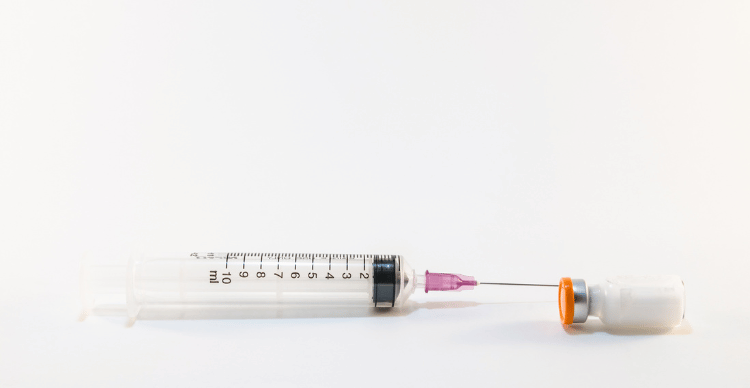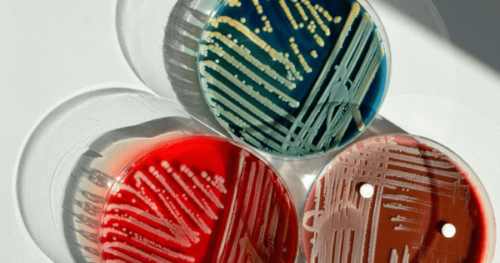Anyone who has worked in a lab knows that even the smallest tools can cause big
headaches if they’re not working correctly. Syringe filters are no exception. These
essential devices are crucial for purifying samples, but when issues arise, they can
disrupt your entire experiment. This blog post is here to help you understand
common issues with syringe filters and how to troubleshoot them effectively,
ensuring your lab work remains on track and accurate.
Identifying Common Issues
Syringe filters are reliable tools, but like any lab equipment, they can encounter
problems. Common issues include:
● Clogging: The most frequent problem, where the filter becomes blocked,
preventing the passage of the sample.
● Filter Bursting: Occurs when the filter membrane ruptures under pressure,
releasing unfiltered samples.
● Chemical Compatibility: When the filter material reacts with the solvent or
sample, it can degrade and contaminate the sample.
● Leakage Around the Filter: Happens if the filter is not properly fitted to the
syringe, allowing the sample to bypass the filter.
Understanding these issues is the first step toward effective troubleshooting.
Troubleshooting Guide
Clogging
● Cause: Using a filter with a pore size too small for the particle load or viscosity
of the sample.
● Solution: Choose a filter with a larger pore size or use a pre-filter to remove
larger particles before final filtration.
Filter Bursting
● Cause: Excessive pressure applied during filtration, often due to a clogged
filter or trying to filter too quickly.
● Solution: Ensure the syringe plunger is pressed slowly and steadily. If
resistance increases significantly, stop and replace the filter.
Chemical Compatibility
● Cause: The filter material is not suitable for the chemical composition of the
sample or solvent.
● Solution: Refer to compatibility charts before selecting your filter material. If
unsure, GVS Malaysia offers expert advice on selecting the right syringe filters
for specific chemicals.
Leakage Around the Filter
● Cause: Improper fitting of the filter to the syringe.
● Solution: Check that the filter is securely attached before use. Use filters that
match the syringe size and type.
Preventative Measures
To prevent issues with syringe filters, consider the following practices:
● Regular Checks: Inspect filters before use for any signs of damage or
improper storage.
● Proper Storage: Store syringe filters in a controlled environment to avoid
exposure to contaminants and temperature extremes.
● Training: Ensure all lab personnel are trained on the correct use of syringe
filters, including how to choose the right filter and how to apply pressure
correctly during filtration.
Conclusion
Navigating the challenges associated with syringe filters can seem daunting, but
with the right knowledge and practices, you can significantly minimise disruptions in
your laboratory work. Understanding the root causes of common issues like
clogging, filter bursting, chemical compatibility, and leakage—and knowing how to
address them—ensures that your experiments run smoothly and your results remain
accurate. By implementing preventative measures and utilising proper
troubleshooting techniques, you protect the integrity of your samples and the
reliability of your analytical results.
Additional Preventative Measures
● Routine Calibration: Regularly calibrate equipment used with syringe filters to
ensure consistent performance.
● Quality Assurance Checks: Implement quality control protocols to regularly
test the effectiveness of syringe filters in your processes.
● Inventory Management: Keep a detailed inventory of syringe filters with
specifications and expiration dates to avoid using inadequate or expired
filters.
These additional steps reinforce a proactive approach to managing laboratory
supplies and equipment, helping to ensure that every aspect of sample processing is
optimised for safety and accuracy.
Don’t let common issues with syringe filters compromise your laboratory’s
standards. For a wide selection of high-quality syringe filters and professional
guidance on choosing and using them effectively, visit GVS Malaysia. Our experts are
here to support you with the right tools and advice, ensuring your lab operations are
as seamless and efficient as possible. Enhance your lab’s capability and accuracy
today by getting in touch with us!



